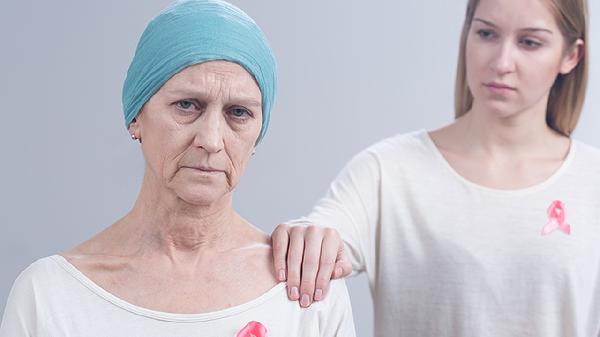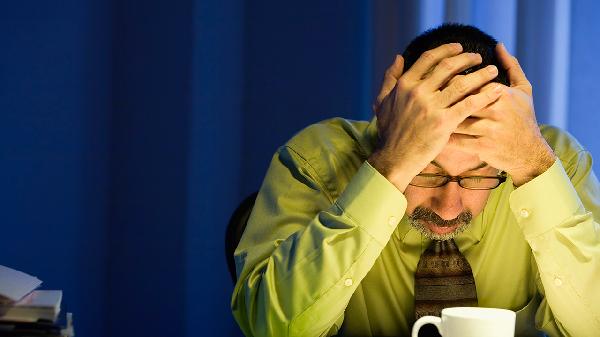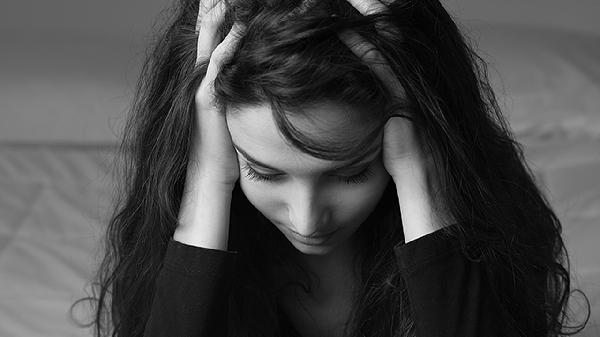The pandemic didn’t just change how we work or socialize—it reshaped fundamental life choices, including whether or not to have children. Research shows that for many women, especially those already facing systemic inequities, the desire to expand their families took a backseat. The reasons? A mix of financial instability, disproportionate caregiving burdens, and the sheer exhaustion of navigating crisis after crisis. This shift wasn’t temporary for most; it became a lasting recalibration of priorities.
The Motherhood Penalty Got Heavier
Even before COVID-19, American mothers were drowning in unpaid labor. Pew data revealed that women consistently shouldered more childcare and housework than their partners—a gap that widened when schools and daycares shuttered. Imagine juggling Zoom calls while teaching fractions, then being expected to "bounce back" as if parenting in a pandemic wasn’t a full-time job in itself. For many, adding another kid to that equation felt less like a choice and more like a trap. The mental load became a breaking point: A 2021 study found mothers were twice as likely as fathers to leave the workforce during the pandemic, often because childcare systems failed them. When society treats motherhood as a personal sacrifice rather than a shared responsibility, it’s no surprise fertility desires plummeted.
Financial Fear and the Baby Bust
Uncertainty was the pandemic’s unofficial theme song. Layoffs, medical bills, and inflation made stability feel like a myth—especially for women of color, who faced higher job loss rates and COVID mortality. Research from the National Women’s Law Center showed Black and Latina women lost incomes at nearly twice the rate of white men. Bringing a child into that volatility? For many, it felt irresponsible. The SSM study highlighted that women who kept their fertility plans intact were typically older, wealthier, and insulated from economic shocks. Meanwhile, those postponing parenthood often cited fears like: "What if I lose my health insurance?" or "Can I afford diapers if rent keeps rising?" When the future feels fragile, delaying kids isn’t a whim—it’s survival.
The One-and-Done Phenomenon
Parents of single kids emerged as an unexpected demographic in fertility shifts. Many realized one child was their limit after living through pandemic parenting’s "hard mode." School closures meant no childcare safety net; playdates became public health calculations; and working parents (read: mostly moms) burned out trying to be teachers, employees, and caregivers simultaneously. The emotional toll was staggering: A CDC report noted 63% of parents experienced worsening mental health during lockdowns. For some, surviving the chaos with one kid felt miraculous—why risk a sequel? Others mourned the village they’d imagined (grandparents helping, siblings bonding) but couldn’t have due to social distancing. The result? A surge in parents content with their "onlys."
Access to Choice as a Lifeline
As fertility desires evolve, so must healthcare infrastructure. Post-Roe America poses new threats to family planning, with abortion bans disproportionately impacting marginalized groups already reeling from pandemic setbacks. Clinics offering contraception, prenatal care, or fertility treatments aren’t just medical facilities—they’re lifelines for people weighing if, when, or how to parent. Expanding Medicaid, protecting IVF access, and subsidizing childcare could help offset the systemic barriers that made parenthood feel impossible for so many. Because reproductive freedom isn’t just about having children—it’s about having the power to decide your future without economic or political coercion.
The pandemic didn’t just suppress fertility desires; it exposed how broken America’s support systems are for parents. Fixing that requires more than bandaids—it demands policy shifts that value caregiving labor, ensure economic security, and respect bodily autonomy. Until then, the baby bust might be less a trend and more a protest.
























